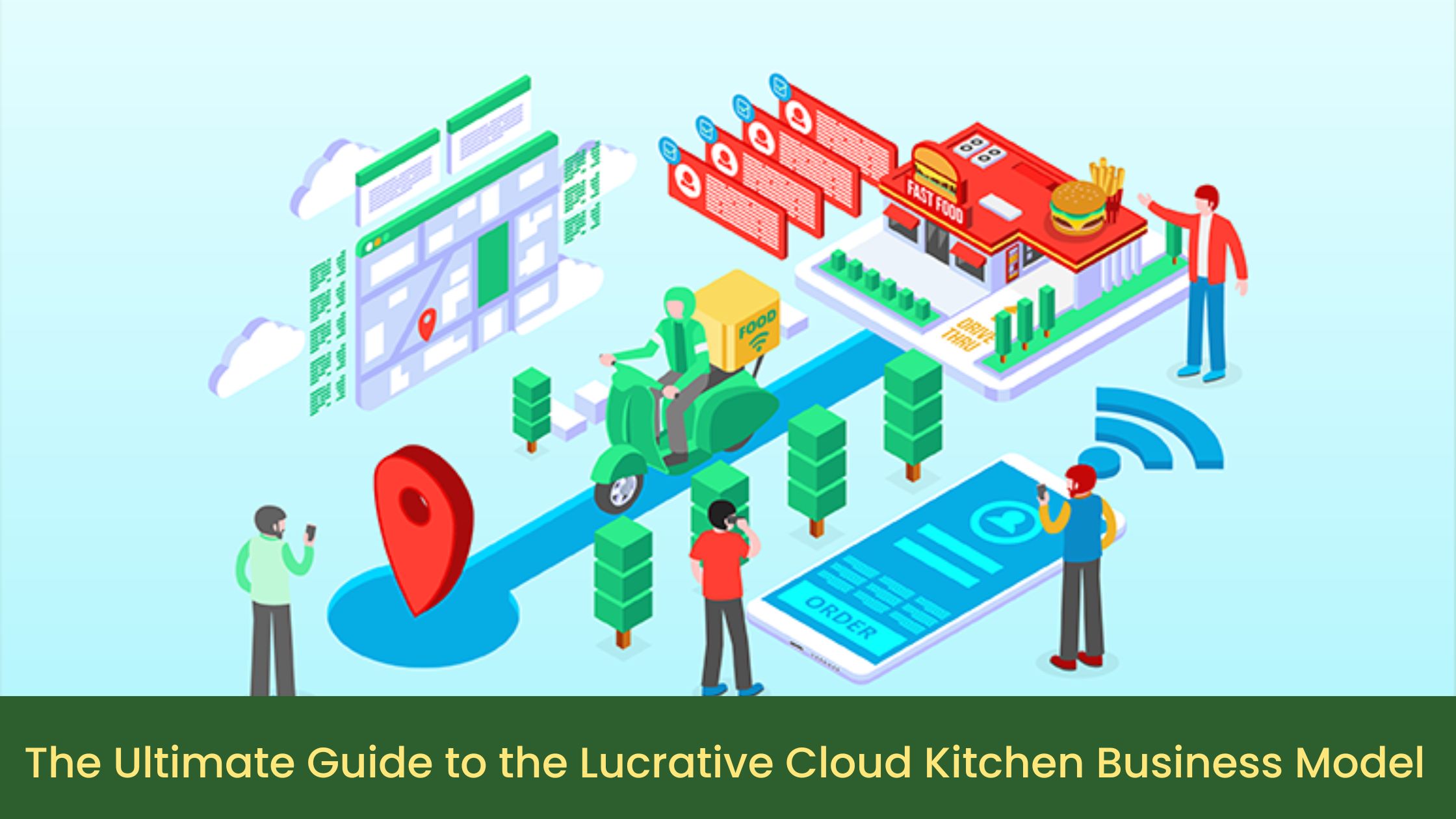
The Ultimate Guide to the Lucrative Cloud Kitchen Business Model
Introduction
In recent years, the food industry has witnessed a transformative trend known as the rise of cloud kitchens. Also referred to as virtual kitchens, dark kitchens, or ghost kitchens, these establishments operate without a traditional dine-in space, focusing solely on fulfilling online orders for delivery or takeout. The cloud kitchen business model has gained immense popularity, offering a blend of convenience, efficiency, and profitability. In this blog, we’ll delve into the key aspects of the cloud kitchen business model, including its profitability, operational process, costing strategies, and potential challenges.
Profitability in the Cloud Kitchen Sphere
1. Reduced Overhead Costs
One of the primary reasons behind the success of cloud kitchens is their ability to minimize overhead costs. By eliminating the need for a physical storefront and associated expenses like rent, utilities, and dine-in infrastructure, cloud kitchens can allocate more resources to enhancing the quality of their food and optimizing delivery services.
2. Enhanced Operational Efficiency
Cloud kitchens leverage technology to streamline their operations. From order management systems to inventory tracking, these kitchens embrace automation, leading to increased efficiency and reduced labour costs. The absence of a front-of-house staff further contributes to operational simplicity.
3. Data-Driven Decision Making
Cloud kitchens rely heavily on data analytics to understand customer preferences, optimize menu offerings, and refine their marketing strategies. This data-driven approach allows for targeted marketing campaigns, personalized customer experiences, and a better understanding of market trends.
The Cloud Kitchen Process
1. Digital Presence and Online Platforms
Cloud kitchens establish a strong digital presence through online food delivery platforms and their websites or apps. This ensures a broad reach and accessibility to a wide customer base.
2. Streamlined Kitchen Operations
The kitchen layout is designed for efficiency, with a focus on order fulfilment rather than dine-in experiences. Menu items are carefully curated to streamline cooking and minimize preparation time.
3. Logistics and Delivery Management
Collaboration with third-party delivery services or in-house delivery fleets is crucial for timely and efficient order fulfilment. Cloud kitchens invest in robust logistics systems to ensure that food reaches customers while maintaining its quality.
Costing Strategies in Cloud Kitchens
1. Ingredient Sourcing and Inventory Management
Cloud kitchens optimize their costs by strategically sourcing ingredients, negotiating with suppliers, and implementing efficient inventory management systems. This helps in minimizing food wastage and control expenses.
2. Technology Integration for Cost Efficiency
Investing in advanced kitchen equipment and order management systems enables cloud kitchens to enhance their efficiency and reduce labour costs. Implementing technology solutions also aids in real-time monitoring of operations, helping to identify areas for improvement.
3. Marketing and Branding Investments
While cloud kitchens save on traditional advertising costs, they often allocate resources to digital marketing and branding efforts. Creating a strong online presence, partnering with influencers, and utilizing social media platforms are common strategies to attract and retain customers.
Cost Breakdown
Sample Cloud Kitchen
Expense Category Percentage of Total Costs
Ingredients 35%
Labor 20%
Technology and Equipment 15%
Marketing and Branding 10%
Overhead (Utilities, etc) 10%
Miscellaneous 10%
Challenges and Considerations
While the cloud kitchen model offers numerous advantages, it has challenges. Competition in the virtual space can be intense, requiring continuous innovation and adaptation. Additionally, ensuring food quality during the delivery process and managing customer expectations are ongoing challenges that cloud kitchens must navigate.
Conclusion: Navigating the Culinary Cloudscape
In conclusion, the cloud kitchen business model has emerged as a potent force in the food industry, capitalizing on digitalization, operational efficiency, and data-driven decision-making. With its ability to adapt to changing consumer preferences and reduce overhead costs, the cloud kitchen model is not just a trend but a sustainable and profitable approach to the culinary landscape. As technology continues to evolve, we can expect further innovations and refinements in the cloud kitchen space, shaping the future of food delivery and gastronomy. For entrepreneurs and culinary enthusiasts alike, the cloud kitchen model represents an exciting opportunity to blend the art of cooking with the science of technology, creating a winning recipe for success in the modern culinary landscape.